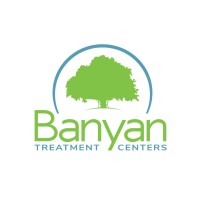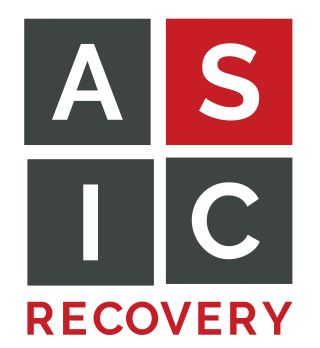Twelve Step Rehabs: A Time-Tested Approach to Substance Abuse and Mental Health Recovery
Twelve Step Rehabs have stood the test of time as one of the most widely recognized and utilized models for treating substance use and mental health disorders. Originating with the founding of Alcoholics Anonymous (AA) in 1935, the Twelve Step approach has since expanded to address a wide array of addictions, including narcotics, gambling, sex, and food dependencies. Built on spiritual principles such as honesty, surrender, accountability, and fellowship, this model emphasizes both personal transformation and community support. While not religious in nature, the Twelve Step philosophy encourages individuals to seek help from a higher power as they define it, blending therapeutic practices with personal introspection. Today, many treatment centers incorporate this model as the core or a complementary component of their rehab programs, especially in the U.S. and Canada.
Core Principles of the Twelve Step Model
At the heart of the Twelve Step model is a structured path of recovery involving personal acknowledgment of addiction, taking responsibility for past actions, and working to maintain sobriety through ongoing peer support. The steps guide participants through a process that includes admitting powerlessness over addiction, making amends with those harmed, conducting moral inventories, and committing to continual self-improvement. The model relies heavily on group meetings, often daily in early recovery, where individuals share experiences, build community, and offer mutual accountability. These meetings create a nonjudgmental, supportive environment critical for sustained sobriety and relapse prevention. Moreover, the emphasis on anonymity fosters a safe space for participants to open up without fear of stigma.
Twelve Step Rehabs - Integration with Clinical Treatment
While Twelve Step programs originated as peer-led fellowships outside of formal healthcare settings, modern rehabs often integrate these steps into comprehensive treatment plans. Facilities may combine the spiritual and behavioral aspects of Twelve Step work with clinical therapies such as cognitive behavioral therapy (CBT), dialectical behavior therapy (DBT), medication-assisted treatment (MAT), trauma therapy, and psychiatric care. This dual-track model is especially effective for dual diagnosis patients—those with co-occurring mental health and substance use disorders—because it addresses both psychological and spiritual dimensions of recovery. Group sessions and sponsor relationships mirror therapeutic alliances formed in counseling, giving participants multiple layers of support. Many treatment centers also facilitate on-site AA or NA meetings, guide clients through Step work with trained staff, and connect alumni with community-based meetings post-discharge.
Twelve Step Rehabs - Benefits, Challenges, and Who It Helps Most
Twelve Step Rehabs are especially effective for individuals who thrive in structured environments and benefit from community-driven support. The model emphasizes acceptance, service, and spiritual growth—core elements that can enhance emotional well-being and reduce feelings of isolation and shame. Long-term participation in Twelve Step groups is correlated with reduced relapse rates, increased life satisfaction, and improved coping skills. However, the approach is not without criticism. Some critics argue that its spiritual emphasis may alienate atheists or agnostics, although many programs now offer secular adaptations or broaden the definition of “higher power.” Others suggest that the model’s insistence on powerlessness may be disempowering to some individuals. Nonetheless, for many, the Twelve Step framework offers a solid foundation for rebuilding lives, especially when paired with personalized medical and psychological support.
FAQs – Twelve Step Rehabs
Conclusion – Twelve Step Rehabs
Twelve Step Rehabs continue to play a pivotal role in the recovery landscape, offering a blend of spiritual guidance, personal accountability, and peer support. While rooted in a historical framework, these programs have evolved to meet modern clinical standards and diverse individual needs. From alcohol and drug recovery to co-occurring mental health support, the Twelve Step philosophy remains a cornerstone of many treatment plans. Whether used as a standalone support group or integrated into residential rehab, the model offers a time-tested path toward healing and sobriety. Individuals considering treatment should evaluate whether the Twelve Step structure aligns with their values and recovery goals, keeping in mind that customization and combination with other therapeutic approaches are widely available.
Sources:
- Alcoholics Anonymous World Services. The Big Book of Alcoholics Anonymous (4th Edition). www.aa.org
- National Institute on Drug Abuse (NIDA). Principles of Drug Addiction Treatment: A Research-Based Guide. nida.nih.gov
- Substance Abuse and Mental Health Services Administration (SAMHSA). Treatment Improvement Protocols. samhsa.gov
- Narcotics Anonymous World Services. Narcotics Anonymous Basic Text. na.org











